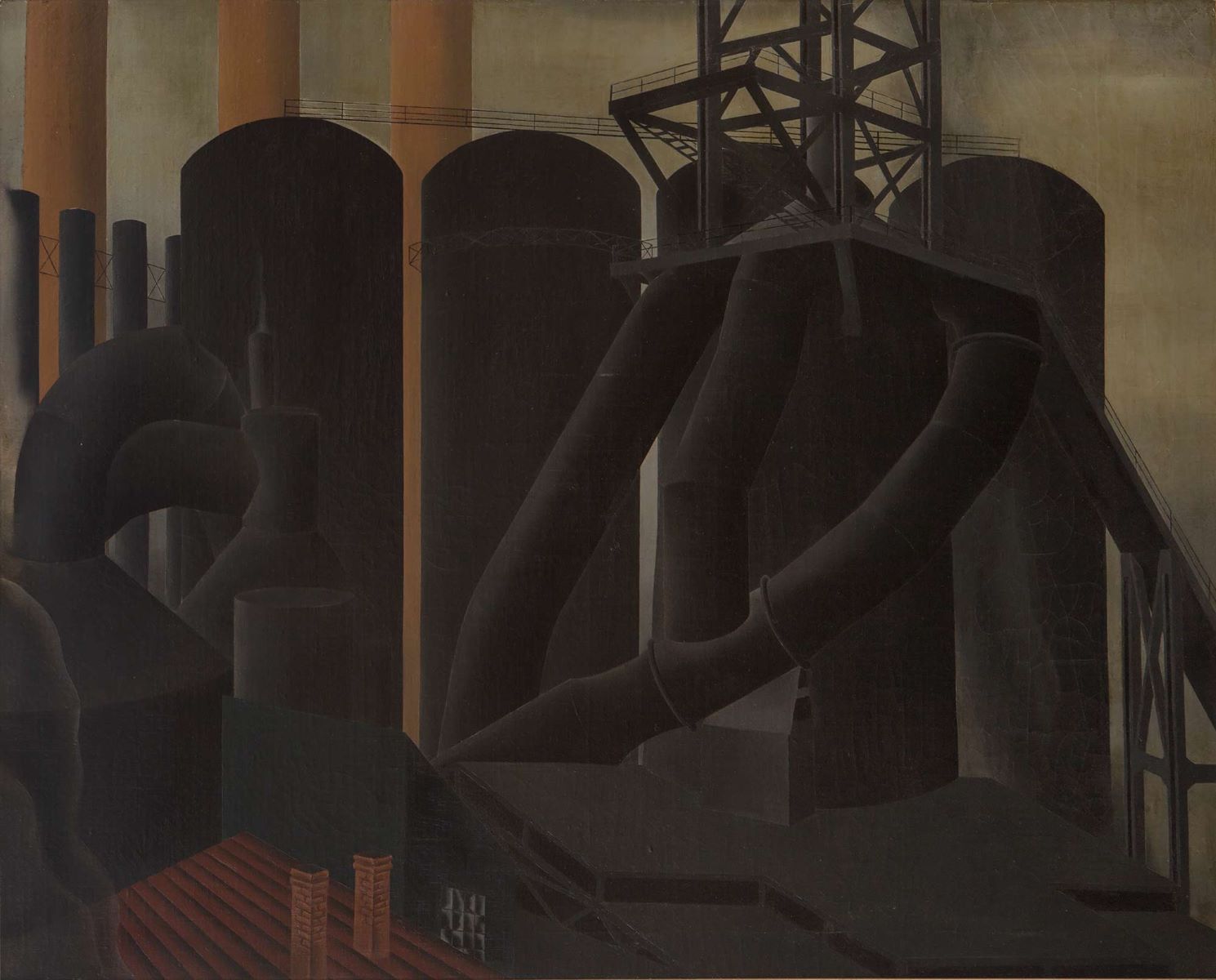Shadows Of The Smokestacks: Secret Iron Furnaces Of Pennsylvania

Have you ever wondered about the hidden history behind Pennsylvania's old iron furnaces? These iron furnaces played a huge role in shaping the state’s industrial past. Tucked away in forests and valleys, they stand as silent witnesses to a time when iron production was king. Imagine walking through the woods and stumbling upon one of these ancient structures. Each furnace has its own story, from the workers who toiled there to the communities that sprang up around them. Whether you’re a history buff or just love exploring, these forgotten giants offer a glimpse into a bygone era. Ready to learn more?
Shadows of the Smokestacks: Secret Iron Furnaces of Pennsylvania
Pennsylvania's landscape is dotted with remnants of its industrial past. Hidden among the forests and hills, these iron furnaces once roared with life, fueling the growth of a nation. Let's uncover some of these forgotten giants.
1. Cornwall Iron Furnace
Cornwall Iron Furnace stands as a testament to Pennsylvania's rich industrial history. Nestled in Lebanon County, this furnace operated from 1742 to 1883, producing iron for the Revolutionary War.
- Location: Lebanon County
- Operational Years: 1742-1883
- Historical Significance: Produced iron for the Revolutionary War
2. Hopewell Furnace
Hopewell Furnace, located in Berks County, offers a glimpse into early American industry. Established in 1771, it played a crucial role during the American Revolution and the War of 1812.
- Location: Berks County
- Operational Years: 1771-1883
- Historical Significance: Supported American Revolution and War of 1812
3. Greenwood Furnace
Greenwood Furnace, hidden within Greenwood Furnace State Park, tells the story of a bustling iron community. Operating from 1834 to 1904, it produced iron for railroads and other industries.
- Location: Greenwood Furnace State Park
- Operational Years: 1834-1904
- Historical Significance: Supplied iron for railroads
4. Curtin Village and Eagle Ironworks
Curtin Village and Eagle Ironworks, located in Centre County, offer a unique look at a 19th-century iron plantation. Established in 1810, it remained operational until 1921, producing iron for various uses.
- Location: Centre County
- Operational Years: 1810-1921
- Historical Significance: Example of a 19th-century iron plantation
5. Pine Grove Furnace
Pine Grove Furnace, now part of Pine Grove Furnace State Park, operated from 1764 to 1895. It produced iron for the Continental Army and later for the burgeoning railroad industry.
- Location: Pine Grove Furnace State Park
- Operational Years: 1764-1895
- Historical Significance: Supplied iron for the Continental Army and railroads
6. Joanna Furnace
Joanna Furnace, located in Berks County, offers a well-preserved glimpse into 19th-century iron production. Established in 1791, it produced iron until 1898, contributing to the industrial growth of the region.
- Location: Berks County
- Operational Years: 1791-1898
- Historical Significance: Contributed to regional industrial growth
7. Scranton Iron Furnaces
Scranton Iron Furnaces, situated in Lackawanna County, were part of the Lackawanna Iron and Coal Company. These furnaces played a significant role in the development of the iron and steel industry in the United States.
- Location: Lackawanna County
- Operational Years: Mid-19th century to early 20th century
- Historical Significance: Key player in the U.S. iron and steel industry
8. Wharton Furnace
Wharton Furnace, located in Fayette County, operated from 1839 to 1873. It produced iron for various industries, including the burgeoning railroad sector.
- Location: Fayette County
- Operational Years: 1839-1873
- Historical Significance: Supplied iron for railroads and other industries
9. Montour Iron Works
Montour Iron Works, situated in Danville, Montour County, was a major producer of iron rails. Established in 1840, it played a crucial role in the expansion of the American railroad network.
- Location: Danville, Montour County
- Operational Years: 1840-early 20th century
- Historical Significance: Major producer of iron rails for railroads
10. Valley Furnace
Valley Furnace, located in Huntingdon County, operated from 1836 to 1857. Though short-lived, it contributed to the local economy and the broader iron industry.
- Location: Huntingdon County
- Operational Years: 1836-1857
- Historical Significance: Contributed to local and broader iron industry
Hidden Gems of Pennsylvania's Iron History
Pennsylvania's iron furnaces offer a unique glimpse into the past. These hidden gems are scattered across the state, each with its own story. Visiting these sites, you can almost hear the clanging of metal and feel the heat of the furnaces. They are not just relics; they are pieces of history that shaped the region's development. Exploring these historic sites provides a deeper understanding of the state's industrial roots. Whether you're a history buff or just looking for an off-the-beaten-path adventure, these furnaces are worth the trip. They remind us of the hard work and innovation that built Pennsylvania. So next time you're in the area, take a detour and discover the secret iron furnaces. You'll leave with a newfound appreciation for the state's rich industrial heritage.

